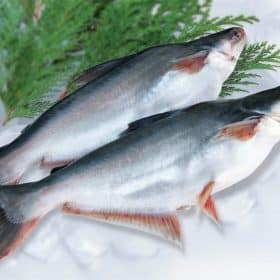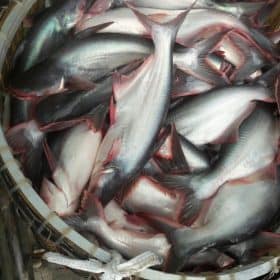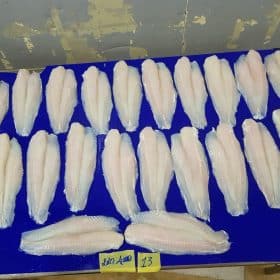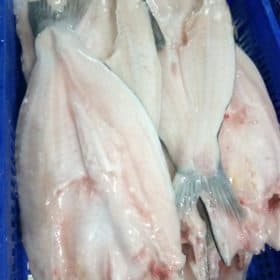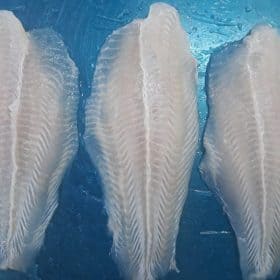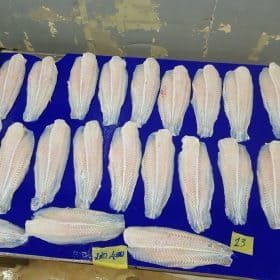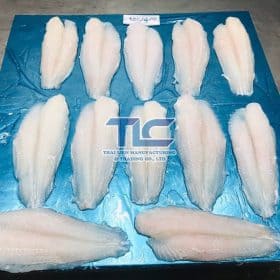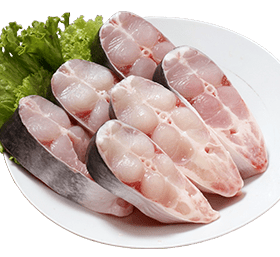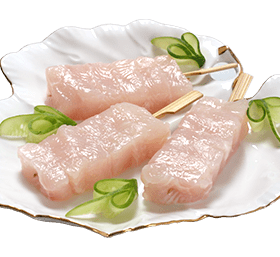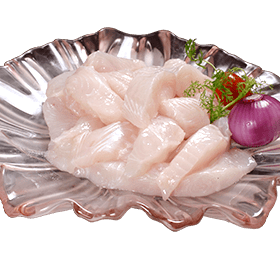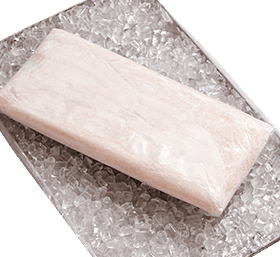What is Pangasius Fish? The Health Benefits of Pangasius Fillet
Introduction
Pangasius fish, commonly referred to as “Cá Tra“ or “Cá Basa,” is a freshwater fish that has gained popularity in the culinary world. Known for its mild taste and versatility, pangasius fillet has become a favorite choice for many seafood lovers. In this article, we will explore what pangasius fish is and delve into the numerous health benefits of enjoying this delicious fillet.
Table of Contents
- Understanding Pangasius Fish
- Nutritional Profile of Pangasius Fillet
- Rich Source of Lean Protein
- Low in Calories and Saturated Fat
- Abundant in Essential Vitamins and Minerals
- Omega-3 Fatty Acids for Heart Health
- Pangasius Fish: A Sustainable Choice
- How to Prepare Pangasius Fillet
- Conclusion
Understanding Pangasius Fish
Pangasius fish, scientifically known as Pangasius bocourti, is native to Southeast Asia, with Vietnam being a prominent producer. This fish has become a staple in various cuisines due to its mild flavor and versatility in cooking.
Nutritional Profile of Pangasius Fillet
When it comes to nutritional value, pangasius fillet offers a range of benefits that make it an excellent choice for health-conscious individuals.
Rich Source of Lean Protein
Pangasius fillet is a superb source of lean protein, providing the body with the essential building blocks needed for muscle growth and repair.
Low in Calories and Saturated Fat
For those looking to maintain a healthy weight or reduce their saturated fat intake, pangasius fillet is an ideal choice. It’s low in calories and contains minimal saturated fat, making it a nutritious option for a balanced diet.
Abundant in Essential Vitamins and Minerals
Pangasius fillet is not only protein-rich but also packed with essential vitamins and minerals. It contains significant amounts of vitamin D, vitamin B12, and selenium. These nutrients play crucial roles in maintaining bone health, supporting nerve function, and acting as antioxidants.
Omega-3 Fatty Acids for Heart Health
Omega-3 fatty acids, particularly EPA and DHA, are abundant in pangasius fillet. These fatty acids are known for their heart-healthy benefits, including reducing the risk of heart disease and promoting optimal brain function.
Pangasius Fish: A Sustainable Choice
Sustainability is a key consideration in today’s food choices. Pangasius fish, when sourced from responsible producers, can be an environmentally friendly option. Many pangasius farms now adhere to sustainable aquaculture practices, ensuring the long-term health of fish stocks and aquatic ecosystems.
How to Prepare Pangasius Fillet
The versatility of pangasius fillet extends to its preparation. Whether you prefer grilling, baking, frying, or steaming, there are numerous ways to enjoy this delectable fish. You can season it with your favorite herbs and spices to create a flavor profile that suits your palate.
Conclusion
In conclusion, pangasius fish, particularly its fillet, offers a host of health benefits. It’s a rich source of lean protein, low in calories and saturated fat, and provides essential vitamins and minerals. Moreover, it’s abundant in heart-healthy omega-3 fatty acids and can be a sustainable choice when sourced responsibly. So, consider adding pangasius fillet to your diet for a delicious and nutritious meal.
FAQs
1. Is pangasius fish the same as catfish?
Pangasius fish and catfish are different species, but they share some similarities in taste and appearance. Pangasius is often referred to as “basa” or “basa catfish,” which can lead to confusion.
2. Can I find pangasius fillet in my local grocery store?
Pangasius fillet is widely available in many grocery stores and supermarkets, making it accessible to consumers looking for a healthy and delicious seafood option.
3. How should I season pangasius fillet for cooking?
You can season pangasius fillet with a variety of herbs and spices, including lemon, garlic, paprika, and dill. Experiment with different seasonings to create your favorite flavor profile.
4. Is pangasius fish safe to eat?
Yes, pangasius fish is safe to eat when sourced from reputable suppliers and properly cooked. As with any seafood, it’s essential to ensure it is fresh and cooked to the recommended temperature to avoid foodborne illnesses.
5. What are some sustainable options for sourcing pangasius fillet?
Look for pangasius fillet that carries sustainability certifications, such as ASC (Aquaculture Stewardship Council) or BAP (Best Aquaculture Practices). These certifications indicate responsible farming practices.

